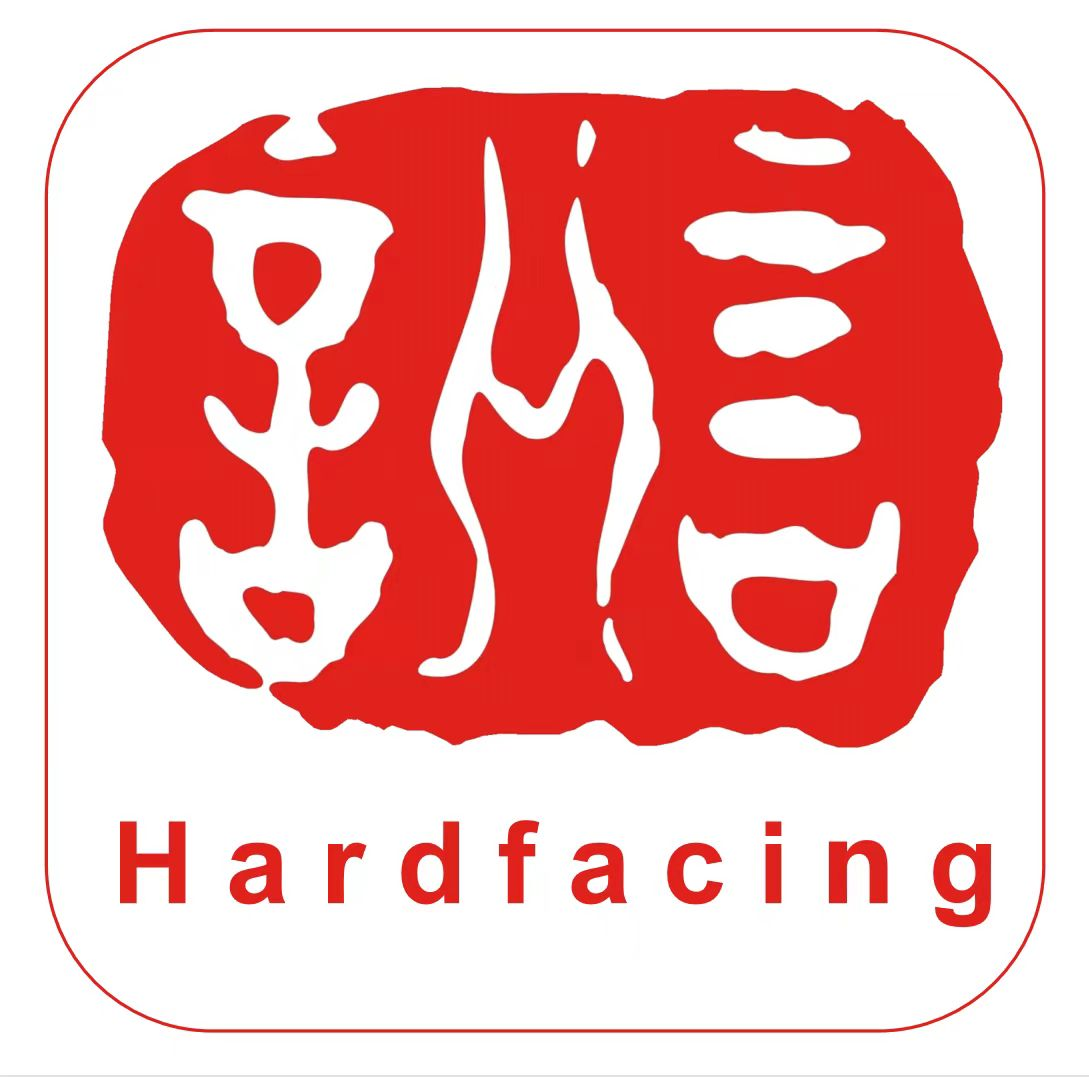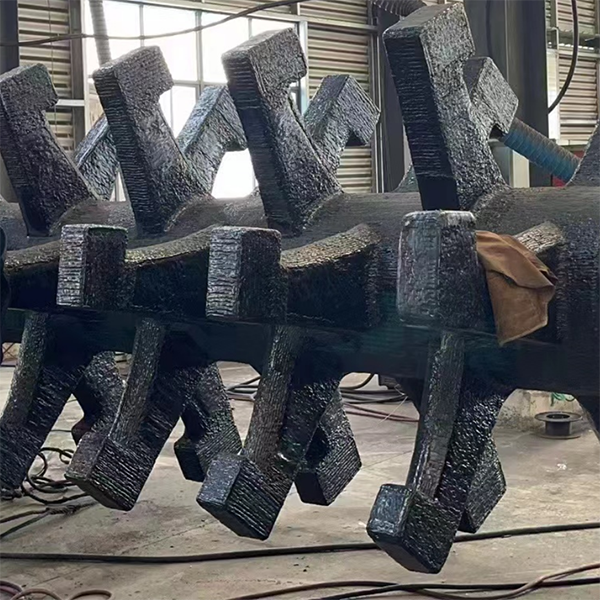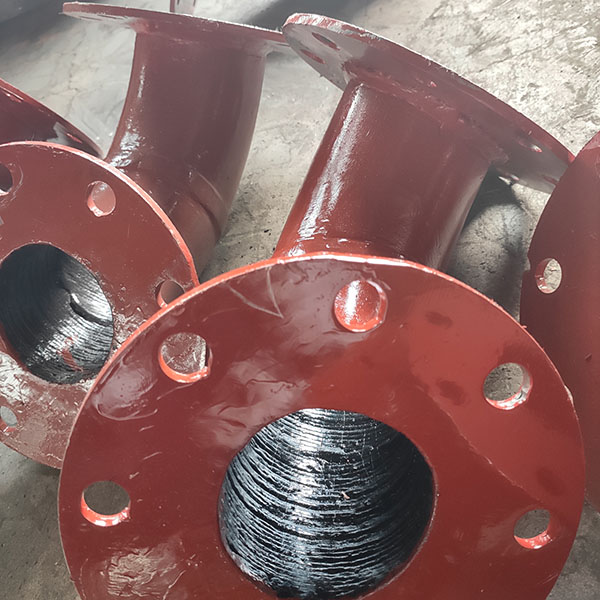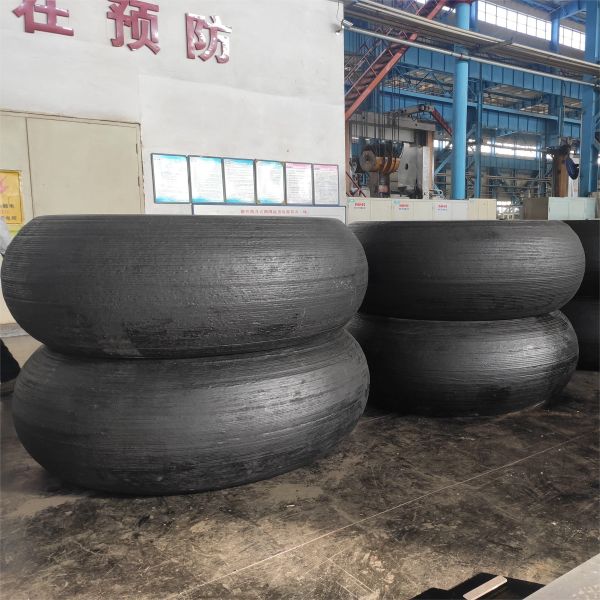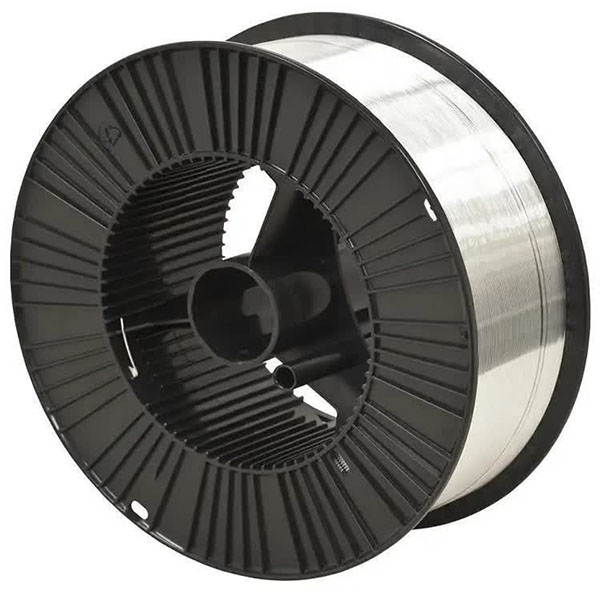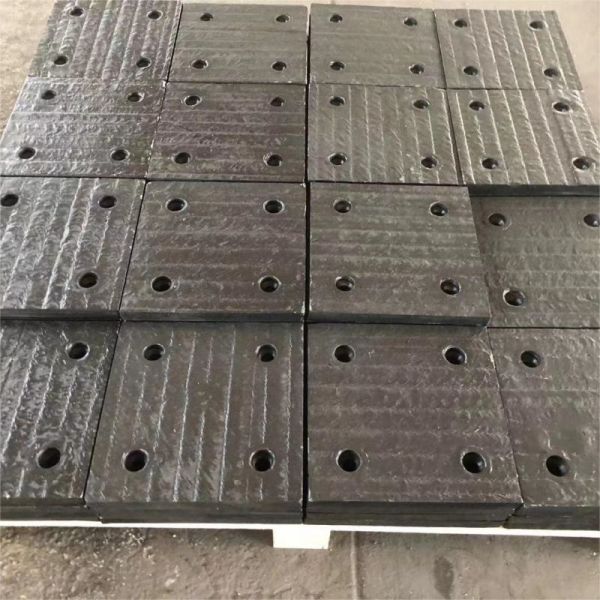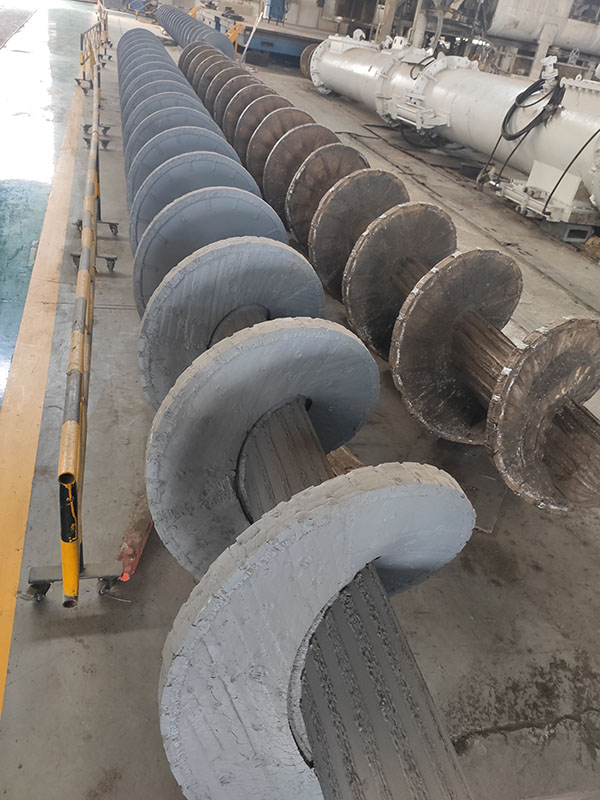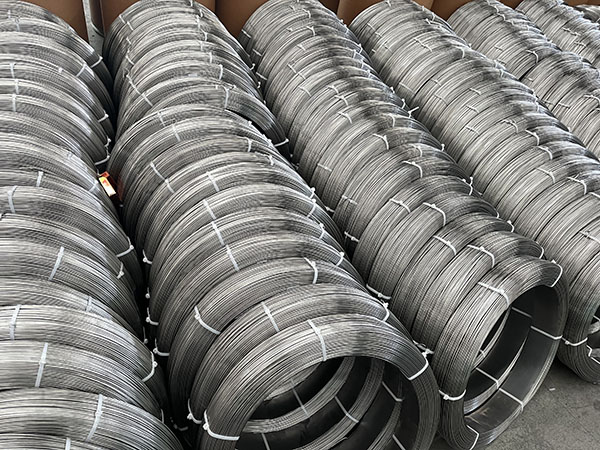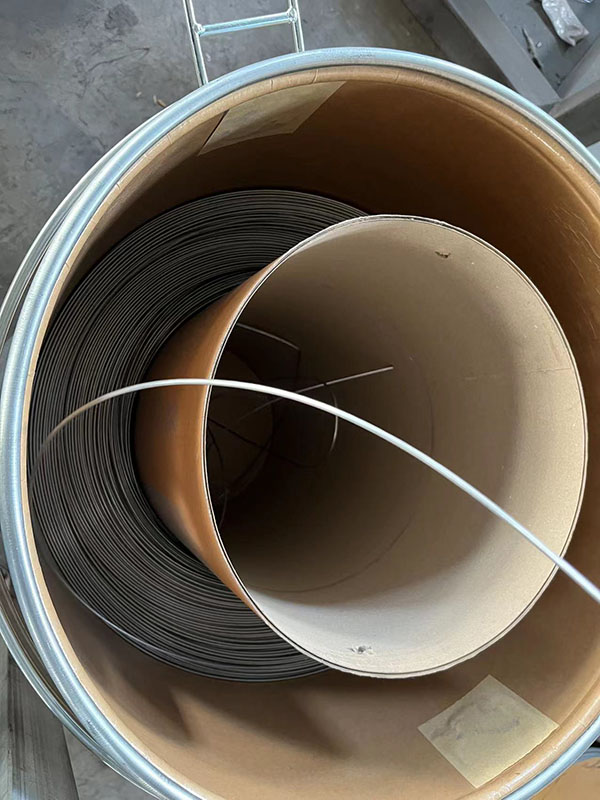Core advantages and industry applications of cladding wear-resistant plates
s a high-performance composite material, cladding wear-resistant plate perfectly combines the toughness of the substrate with the high hardness and wear resistance of the wear-resistant layer through the structural design of "substrate + cladding wear-resistant layer". Its core advantages are concentrated in three dimensions: excellent wear resistance (can withstand grinding and erosion of various materials), good impact resistance (adapt to equipment start-up and shutdown or material impact conditions), and stable high temperature resistance (maintaining performance without degradation in high temperature environments). Ultimately, it achieves the core value of "extending the life of key equipment components by 3-5 times, reducing the frequency of equipment downtime maintenance, and reducing overall operating costs", and is widely adapted to the needs of "harsh wear conditions" in various industries.
1. Mining industry: core components that resist strong friction of ore.
he mining industry is the core application area of hardfacing wear-resistant plates. Equipment needs to withstand the high-intensity friction, impact and erosion of ores (such as iron ore, coal, limestone, etc.) for a long time. Hardfacing wear-resistant plates are mainly used for the following key components:
Excavation and loading equipment: bucket bodies and tooth adapters (to resist local impact and friction during ore excavation);
Conveying equipment: conveyor belt roller surfaces and chutes in coal mine conveyors (to reduce wear on the chutes during coal/ore transportation);
Crushing and screening equipment: crusher jaws, crusher liners, and screening screens (to withstand the extrusion, friction, and particle erosion during ore crushing);
Transportation equipment: mining truck cargo boxes (commonly known as "mining truck bodies" to prevent wear and tear on the truck floor during ore transportation).
2.Metallurgical industry: dual demands of high temperature resistance and anti-friction
Equipment in the metallurgical industry (such as steel and nonferrous metal smelting) often operates under a complex combination of high temperatures and friction. Hardfacing wear-resistant plates must meet the requirements for both high-temperature stability and resistance to friction from molten metal and oxide scale. They are primarily used in:
Rolling equipment: Roller surfaces (especially hot rolling mill rolls, which withstand the friction of rolling hot billets while resisting scratches from oxide scale);
Transport and guide equipment: Guide rails (such as billet conveyor rails) and guide rollers (which guide the transport of hot profiles and reduce sliding friction losses);
Metallurgical auxiliary equipment: Feed bells and hoppers (used to transport metallurgical raw materials and resist friction and localized impact from hot raw materials).
3.Building materials industry: Wear-resistant lining to reduce equipment downtime
Core equipment (such as mills and mixers) in the building materials industry (cement, sand and gravel, ceramics, etc.) requires constant processing of high-hardness materials (cement clinker, sand and gravel aggregates). Maintenance downtime due to wear can directly impact production continuity. Overlay wear-resistant plates are primarily used for:
Grinding equipment: Cement mill liners (including grinding liners for ball mills and vertical mills, which reduce wear between the grinding media and the material on the drum wall);
Mixing equipment: Mixer blades and liners (which resist friction between sand and gravel aggregates and cement slurry, preventing blade wear and deformation);
Conveying equipment: Conveyor wear-resistant liners (such as cement conveying pipeline liners and sand and gravel conveyor hopper liners, which reduce material erosion).
4. Power Industry: The Key to Ensuring Stable Coal Pulverized Transportation
In the power industry (especially thermal power plants), the high-speed flow of pulverized coal (highly hard and finely divided) during pulverized coal preparation and transportation can cause severe erosion and wear on pipelines and equipment. Hardfacing wear-resistant plates are primarily used for:
Pulverized coal conveying systems: The inner walls of pulverized coal conveying pipelines (especially at pipe bends and reducers, to resist localized erosion caused by the high-speed flow of pulverized coal);
Ventilation equipment: Fan blades (such as induced draft and forced draft fan blades, to prevent wear imbalance caused by pulverized coal particle adhesion and erosion);
Coal grinding equipment: Mill rollers and mill liners (to withstand the extrusion and friction caused by pulverized coal, extending the life of the mill).
5.Other key industries: Targeted solutions to wear and tear pain points
In addition to the core industries mentioned above, hardfacing wear-resistant plates also play a key role in the chemical and port industries, adapting to specific wear and corrosion conditions:
Chemical Industry: For high-wear equipment components (such as chemical raw material pipelines and reactor agitator shaft bushings), certain specialized hardfacing layers (such as those containing Cr and Ni) can also provide corrosion resistance, resisting the erosion and abrasion of acidic and alkaline materials.
Port Industry: Wear-resistant components of loading and unloading equipment (such as the grab bucket of port gantry cranes and the hopper lining of bulk ship unloaders) withstand the impact and friction during the loading and unloading of bulk cargoes such as coal and ore, reducing the frequency of grab/hopper maintenance and replacement.
The core value of cladding wear-resistant plate lies in "targeted solutions to wear problems under harsh working conditions" - whether it is the strong impact friction in mines, the high-temperature friction in metallurgy, the continuous wear of building materials, or the high-speed erosion of electricity, its high wear resistance, impact resistance, and high-temperature resistance can accurately match the needs, ultimately helping various industries achieve the goal of "extending equipment life, reducing maintenance costs, and improving production efficiency". It is the preferred material for harsh wear conditions.
